It must be nearly ten years ago that various ‘superstar anglers’ began telling us that river fishing in Britain was finished and we should all go and fish in Thailand or in a fenced off safari park where otters, cormorants and Eastern Europeans feared to tread.
Well it’s not quite worked out as predicted has it? The Severn has been fishing it’s head off for roach and dace this year, to the extent that there’s talk of holding a future Riverfest final at Shrewsbury. The Wye continues to be prolific and the barbel fishing on the Trent has been nothing short of phenomenal. Down south, where I live, I think it’s fair to say that the chub fishing has never been so good on the Hampshire Avon as it is right now and it’s great to hear of the return of good roach catches from parts of both the Avon and the Stour. Over in Kent the Meadway has once again been providing some great sport and then there is Old Father Thames.

I was brought up fishing this wonderful river in the 60’s and 70’s when there were signs on the riverbank warning bathers that they enter at their own risk due to poor water quality. Now we have regular runs of seatrout navigating the locks and weirs and entering tributaries such as the Colne, Loddon and Wandle. In the 1950s parts of the tidal river in London were declared ‘biologically dead’ but now EA surveys have revealed that a staggering 127 different species of fish are living in the heart of our capital city. For the fourth year running I organised the Tidefest Angling Championship on the Thames at Kew, Chiswick and Barnes and once again big weights of bream were caught along with small barbel, carp, roach and dace. As part of Tidefest, which is sponsored by Thames Water with the aim of ‘reconnecting Londoners with their river’ we organise river dipping for local kids on the foreshore by Kew Bridge. And for a second year baby bass featured in the catches showing what an important nursery area this has become.
Thanks to the EU Waste Water Treatment Directive we have seen a progressive improvement in the quality of sewage effluent which has made a huge difference to this, the most heavily abstracted and modified watercourse in the UK. And there’s more good news. Within the next next six years construction will be completed on the massive £4bn Thames Tideway Tunnel which will intercept the storm overflows from the combined sewerage and rainwater systems, keeping 36 million tonnes polluted water out of the river by sending it straight to the treatment works at Beckton. I am, of course, proud of the role that the Angling Trust played in lobbying for the Tunnel in the face of some short sighted but potentially influential opposition. Even now the tidal Thames never fails to impress me with the range and quality of fish that it throws up. Last year I had that well publicised two pound roach from Chiswick and just a couple of weeks ago my old mate and fellow Thames advocate, Keith Arthur, had one just a few ounces lighter a little way upstream. I’ve also heard of some cracking roach, big enough to make grown men slather, coming out at the top end of the Tideway. If sport like this is happening now just how good is the river going to be once that inceptor tunnel is up and running?
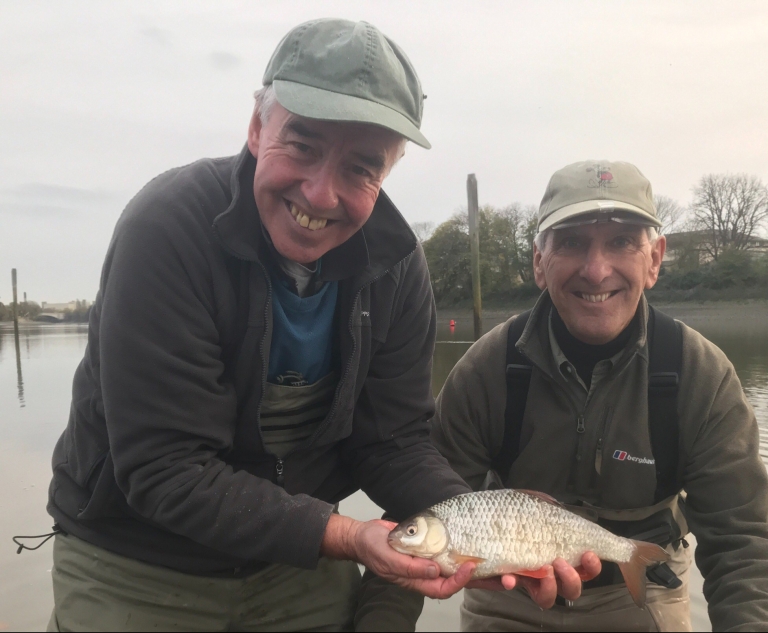
Moving up river to the middle reaches and this season has seen some very happy match and pleasure anglers enjoying some of the best roach fishing that any of us can remember for a long time. One of the top matchmen in the Reading area is Simon Couling who recorded 105lbs of roach in five consecutive club matches on our local stretch at Pangbourne. The same fishery saw a winter league match won with 47lbs of roach and skimmers on the float beating a 30lbs bag of feeder caught bream. How often does that happen!
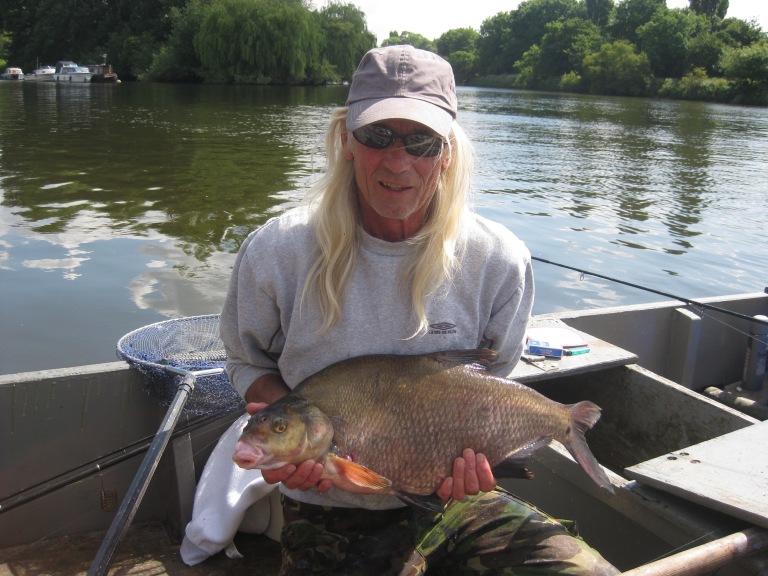
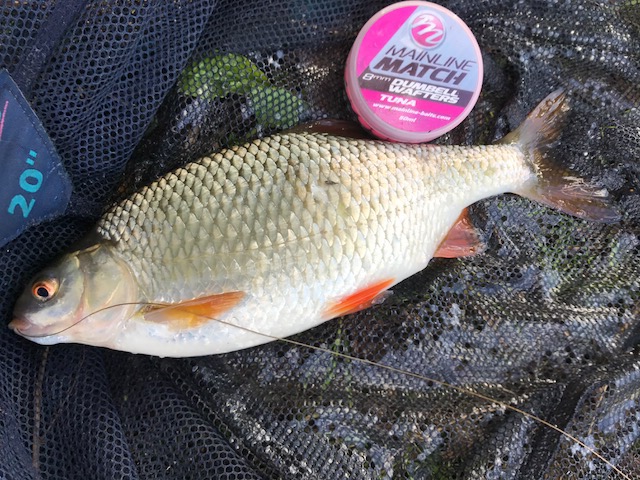
Similar catches have been recorded from Wallingford to Oxford and above. For my own fishing I now have no need to travel far from my home in Reading to enjoy some cracking sport. Although my mates in the local EA fisheries team told me about some pretty impressive evidence of recent successful spawning years on the Thames it wasn’t really until last season that the penny dropped for me and I realised that something special was happening. I had a few hours to kill and a bit of bait left in the fridge so I popped down to river and slung out a groundbait feeder with a couple of red maggots on the hook. In three hours I never had a chance to put the rod in the rest as the bait was intercepted by a hand sized skimmer bream or small roach within seconds of the feeder hitting the deck. I even switched to the old ‘dink dink’ set up with a short hooklink on an up line paternoster to improve the hook up ratio and it soon became one a bung. The river was simply alive with three and four year old fish that must have successfully spawned and survived thanks to the dry winters of 2011/12 which saw very little in the way of fry wash out.
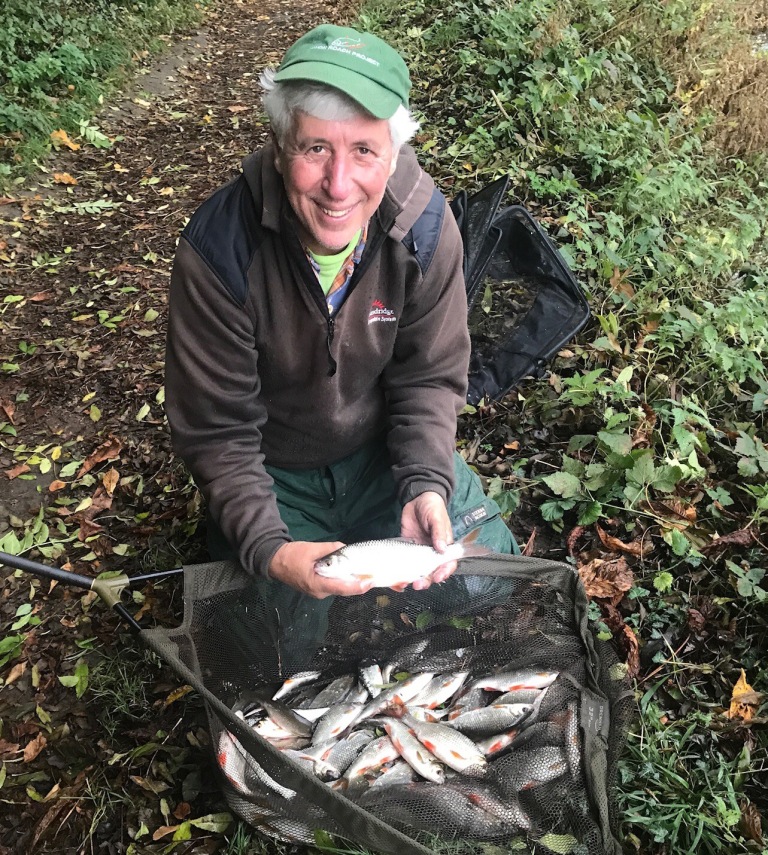
These fish have continued to prosper in the river and sport looks set to become even better in the coming years. I know these things are cyclical and that floods and predation can have an impact, as they did with the summer floods of 2007 which caused all sorts of chaos and displacement, but I really do believe that we are at the start of something special on the Thames and I’m bloody loving it!

The magic bean
Part of me still has that anglers tendency to want to keep secret a new bait or technique but I can hardly do this in the case of the ‘magic bean’. Not least because all credit for these great replacements for those ‘awkward to cook perfectly tares’ has to go the highly successful London angler Brigepal Singh and to Keith Arthur who let the cat out of the bag in his Angling Times column. Brijpal’s wife uses the Urid Bean in stews and curries and it didn’t take long for them to find their way into his bait box.

Preparing them is simplicity itself and unlike tares there’s no need to soak them for 24 hours in advance or to keep checking for the exact moment to take them off the boil for fear of ending up with a bait that is too hard or too soft. They are of uniform size, fractionally bigger than a grain of ‘huge hemp’ and catapult out in a nice tight pattern. Their texture is rubbery and unlike tares they often remain on the hook after a missed bite giving the angler the option of continuing to run down the swim without constant rebaiting. Minnows and bleak hate them, roach, chub and dace love them and they cost next to nothing from Tesco’s or your local Asian supermarket – so what’s not to like!
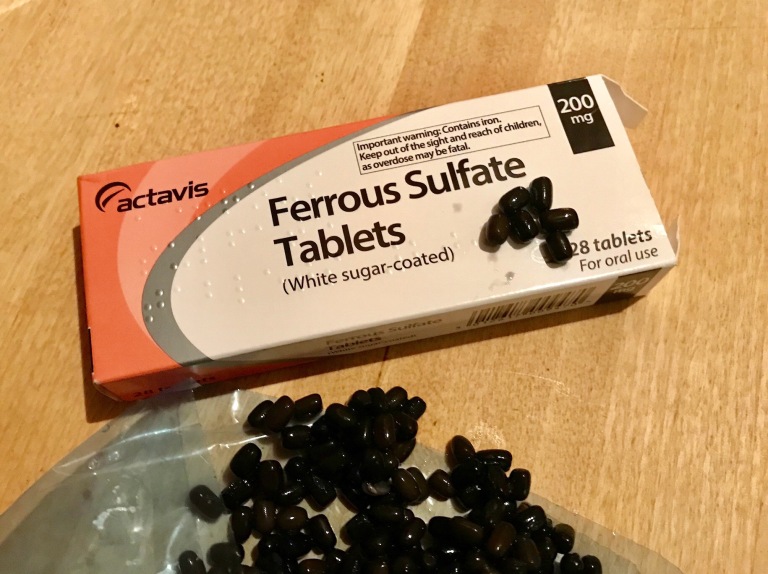

To cut down on the number of Facebook enquiries I’ve been having about them, since I foolishly posted a rather nice bag of bean caught Thames roach, here’s the recipe.
Take a pan of water, if you’ve got some old hemp water so much the better but it’s not vital, and soak half a pint of beans for an hour or so. Add some sugar and two ferrous sulfate tabs or some bicarbonate of soda to darken, then bring slowly to the boil and simmer for fifteen minutes. Take off the heat and pour with the liquid into a flask. Leave overnight then strain off and bag and take fishing. Easy as that.
So my advice is to ignore the false prophets of doom, get down to your local river and enjoy some great fishing. And if they’re having the hemp and you like a bag of roach – get on the bean!
Notice for Angling Trust members
Martin will be joining Keith Arthur at the Angling Trust AGM, on Saturday, 18th November at West Midlands Golf Club & The Lake at Barston starting at 10am, for Question Time-style debate about the future for fish and fishing. More details here:
http://www.anglingtrust.net/page.asp?section=1493


Agree totally, my river Trent is roach soup these days.
Had a superb autumn to date with big bags of redfins to 1lb- 7oz, still using the hemp n tare approach darkened with pherous sulphate tablets but will check out urid beans if my tare supply becomes harder to source.
Great to hear Mick. If you listen to some of the doom mongers out there you’d give up fishing! I’d love to catch a bag of Trent roach. It’s not a river I know at all.
What is of serious concern is the low water table and high levels of abstraction from the chalk areas feeding the Chess, Colne and others. Some parts of the Chess are completely dry now – yet cheeky water companies such as Affinity are seeking a guarantee from government that, if HS2 reduces their share of the cake, they will be recompensed.
Take away all the water & there won’t be any fish at all!
Some good news indeed but it is only glossing over the fact that we are losing possibly for ever stretches of river to abstraction. The water authorities putting profit before protection means that the ” doom mongers ” are correct . The EA certainly are not looking after the anglers interest even though they are the only group that seems to contribute financially to any degree. The predation issue is well documented and is a massive problem that will get worse . The Otters in particular are on a killing spree every winter unseen and out of control killing many kinds of wildlife as well as fish . When they start to attack domesticated pets and farm animals perhaps it may start to sink in what an environmental disaster it was to help re introducing this creature. So yes it’s nice to hear anglers getting some nice catches but the doom and gloom merchants are correct. Ignore their message at your peril!
The ea earn £118m from the water companies in abstraction licence fees as opposed to £20m in fishing licenses. Not hard to see where their allegiances lie!
Having said that, the Thames is on top form! Pity about the many rivers in decline ☹️
The problem is the do gooders who stocked the otters were just thinking about the otters instead of the bigger picture . What should have happened is rewilding were you start with a top alpha predator that is missing from the food chain and worked their way down that chain to otters and beavers then the otters would have a natural predator (i.e.) bears , wolves and wild cats
Kevin. The bulk of the otter population has recruited natarully once the use of various poisons was banned. Otters never disappeared from parts of Wales and the West Country so they were always going to return once conditions improved.
So.. you catch some stocked roach in a few zones and ignore the predation situation all over the country? Madness. It
It is pretty much over for most of us. The last generation to fish for decent fish outside otter fences. Glad you are happy with it though!
Well Jack. Firstly, the roach and skimmers were not stocked, they were the product of some successful spawning years as the article states. Secondly, its not just the Thames that is bouncing back as can be seen from the comments here and on Fishing Magic (below). And finally, why would any angler not be happy to hear of good catches ?!
“I’m fortunate to have the Thames in Oxford on my doorstep,, over the last few years it has been steadily fishing better, not to say in the 15 years I’ve lived here it has ever been that bad.
It’s hard to imagine how sections such as Medley and Donnington can fit any more roach and bream in them but if we keep having mild winters without severe floods I think it will keep improving.
Sections like Godstow above Medley have been gradually improving as well, we had a small match on there yesterday and we were all expecting a hard days fishing after the cold night and the icy wind but nearly 13lb won it…nothing big but plenty of roach, dace, skimmers and a few big perch.
Further up the Thames its not quite the same story though, I fish Clanfield a fair bit and to be honest I haven’t seen any improvement up there at all. although recently more barbel have been showing.
The smaller Thames tributaries around Oxford are steadily improving as well, there as been some very large barbel coming out recently…these from rivers such as the Windrush and Cherwell….which were declared completely ottered out 7 or 8 years ago. The Cherwell which I mainly fish as seen a great improvement in roach and dace numbers in the last 3 years.
One thing that’s has been happening around Oxford which I don’t know if its happening elsewhere is the almost total disappearance of signal crayfish which I think was the main cause of reduced fish stocks, why its happening I don’t know but hopefully it continues.
Martin…the Urid beans, when they are cooked can they be frozen, used and be refrozen without softening them up? tares can be a pain to get right but can be last well.”
The future is definitely orange or red fins
Well Bob. No one knows the river like you do me old mate. Glad you approve.